The reintroduction of wolves changes the behaviour of herbivores, killing the weakest and sickest. The healthy ones move to safer zones. The landscape evolves. So what would happen if wolves returned to Britain? Putting aside the ecological interest, what would be their impact on the profession most affected, sheep farming? How would shepherds cope?
All you need in order to protect a flock of sheep is a livestock guardian dog (LGD). The shepherd must keep the flock together during the day, and round the sheep up into a pen at night. That’s the theory. So how does this work in practice here in France where we have gone from no wolves in 1992 to 530 today?
I’ve interviewed many farmers about rewilding. When it comes to wolves, unsurprisingly most don’t want them. But there are nuances: here are three opinions.
Matilde is from a sheep-farming family in the Alps and has learnt how to cope. Olivier, also from a pastoral background, lives in the Massif Central. He has no sympathy for rewilding. Maxime is a newcomer to the Pyrenees and to sheep farming. He is quite happy with the return of bears but doesn’t see a place for wolves.
Knocking at the door
Wolves have been making their way from Italy, across France. They first turned up in the Mercantour National Park near Nice in 1992. They then dispersed north to the Alps and the Vosges, east across to the Massif Central, and are now arriving in the Pyrenees.
![Wolves are present SE of a line joining Calais to Bordeaux. Basemap © Sémhur / Wikimedia Commons [adapted]](http://www.pyreneanway.com/blog/wp-content/uploads/2020/06/wolf-range.jpg)
Wolves are present SE of a line joining Calais to Bordeaux. Basemap © Sémhur / Wikimedia Commons [adapted]
There are eighty packs, with the rest of the wolves being loners pushing back the frontiers. A line drawn diagonally across France from Calais to Bordeaux neatly delineates the area where wolves live – to the south and east. Conservationists see the population of over five hundred wolves as a success but not the end of the story. One reason for their hesitation is that ninety-four wolves were killed – legally – in 2019 putting a brake on the increasing numbers.
In legal terms, killing wolves is a last resort, only to be undertaken when the other measures to protect sheep have failed. And it is true that farmers, aided by the government, are increasingly protecting their flocks: in 2019, the authorities paid out 27M€ to help sheep farmers buy and maintain 4258 LGDs and pay for shepherds. Yet despite this, 12,487 sheep were killed, with 3M€ being paid out in compensation.
Matilde
Matilde – not her real name – had 400 sheep in the summer pastures when the first wolves attacked in 2007.
“We didn’t yet have a shepherd, so the sheep were totally free to wander,” she told me. “We discovered seven or eight dead sheep, and a dozen had disappeared. We never saw them again.”
They soon found a shepherd; as it happens it was a shepherdess. She saw the two wolves twice that summer in daylight. She fended them off by throwing stones. She was seventeen.
Getting good livestock guardian dogs (LGDs) was more difficult. There was no structure to train them.
“You get a dog and as long as he is white you say he’ll do. It was a bit like that. They called them: ‘white dogs’. If it’s white, you put it with the sheep and with a little luck it will work.”
A decade later, the farm now only loses one or two sheep a year to the jaws of a wolf. And that is despite the presence of three wolf packs in the valley: one comprising nine adults, another with four adults and a third that has just started to stick its nose in. Some farmers have been convinced. Matilde’s farm now has ten LGDs. Ten! There are eighty in the valley.
But many farmers and shepherds in the Alps still have reserves about LGDs. Opinions are polarised. Matilde regrets that: “As a farmer, you aren’t allowed to be in the middle. You must be either for or against wolves. And when you have a guard dog people are suspicious of you.” You are trying to adapt to wolves instead of rejecting them.”
Even so, LGDs are not the panacea some claim.
“I think that there are some places where perhaps protection is a matter for a gun… When you really have all the elements in place and the shepherd or farmer continues to have too much pressure from predators… We should try to chase the wolves away, or perhaps kill one or two and make them understand that this area is no longer possible, it’s no longer self-service.”
Olivier
Olivier lives in the Massif Central, just to the north of the Cévennes National Park. The family has been in the area for generations. The wolf, on the other hand, only came back in 2011.
When I arrive at Olivier’s house to interview him, he tells me that one of the shepherds on Mont Lozère, has just seen a wolf. Later, we drive up to the pastures. When we park, Olivier extracts his gun from the back of the van and slings it over his shoulder. We are greeted by Florent, who also has a gun.
“It’s always the same,” says Florent when I ask him how he reacted to seeing the wolf. “You feel powerless… You can’t even fire with the sheep coming towards you… So I fired into the air to try to frighten him.”
The shepherds here can fire in the direction of wolves but don’t have the right to kill them: only officials can do that.
Since 2011 and the arrival of the wolves, the farmers have been adapting. They have started employing a shepherd and an assistant shepherd. This year, one of the farmers is staying in the summer pastures as well. There are now 2600 sheep, up from 1500, to help pay the extra costs. And the sheep are corralled into a pen at night. But the one element that is missing from the full protection package is LGDs.
“We don’t want them,” says Olivier. “Because if we had guard dogs here, we would already have been in court. Our dogs would have attacked tourists by now.” The Chemin de Stevenson, retracing the Scottish author’s steps through the Cévennes, passes through the middle of the pastures. “You can’t keep an eye on the sheep, the border collies and the tourists because the flock is spread out over 2km.” He mentions an incident in the Alps. A woman who had been walking on the same path through the forest for years, was attacked by a Spanish mastiff LGD and a Beauce sheepdog. She was badly bitten. The dogs were put down.
“We are not going to put these measures in place,” insists Olivier, “because we know that they are ineffective… The latest study by the CERPAM [Alps-Mediterranean Centre for Pastoral Research and Practice] in 2017 found that 92% of wolf attacks in France were on protected flocks.”
Maxime
Maxime’s farm is in the foothills at the western end of the Pyrenees. In summer, his flock goes into the mountains; Maxime and his family go too. He has all the recommended protection measures in place and has no problem with bears. Indeed, he marks his cheeses with a bear’s pawprint, showing his approval of the much-disputed rewilding initiative which has increased the population. But the wolves when they arrive?
“I know I can live with bears. On the other hand, wolves are not the same. I don’t think we are up to it… The cohabitation of domesticated animals – pastoralism – and wolf predation needs large areas and a big population of wild ungulates. Which isn’t available in France today. There isn’t enough wild: we have concreted so much, and urbanisation and ski resorts have reduced the space available… [The wolf] has its place in northern Europe, where there are big natural areas and a big population of wild ungulates… If we want to bring back the wolf here, we will need to take a pneumatic drill to the concrete, remove the tarmac, flatten houses and return the area to forest and wild ungulates. That would work but it isn’t on the cards. We shouldn’t play with fire. Pastoralism is important. We need to maintain it.”
Three shepherds, three views… Shepherds are individuals, we should stop thinking of them as a flock.


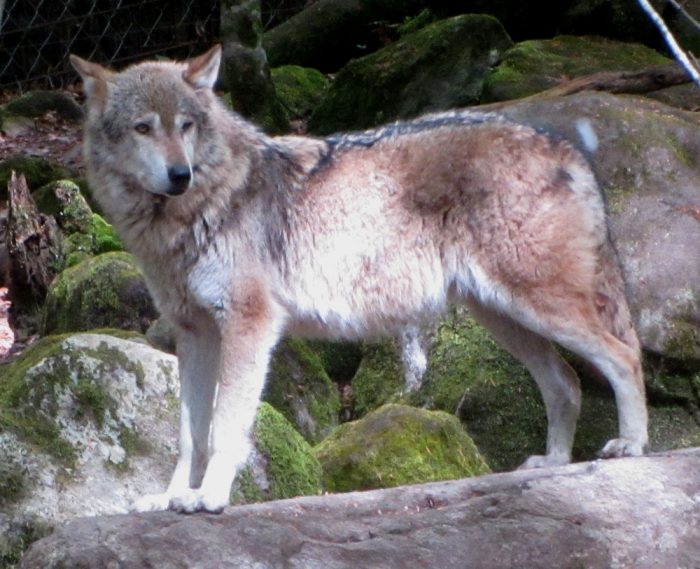
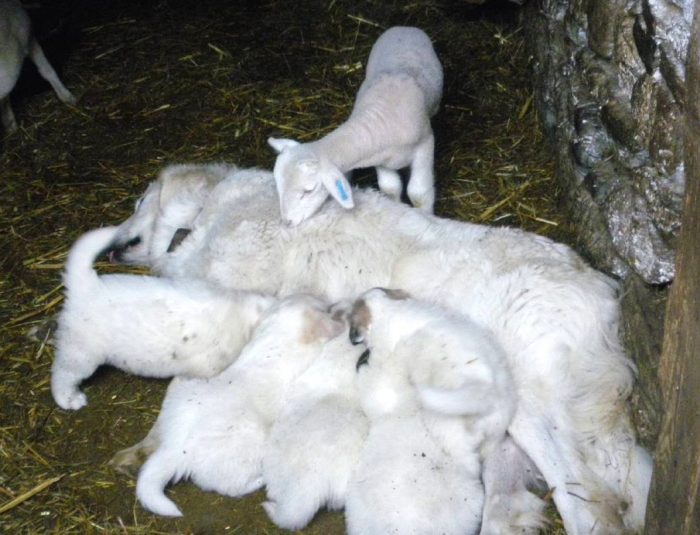
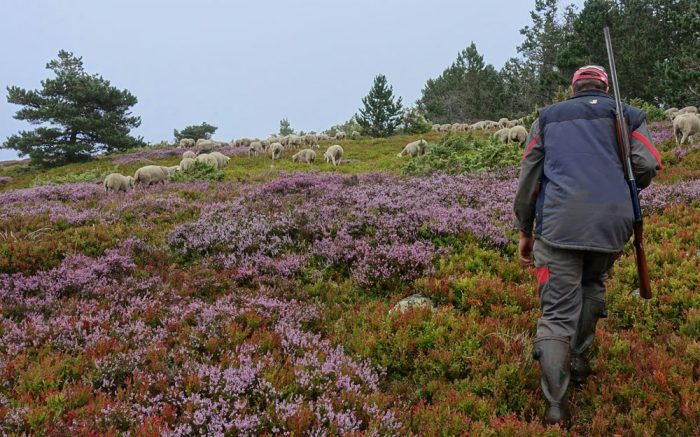
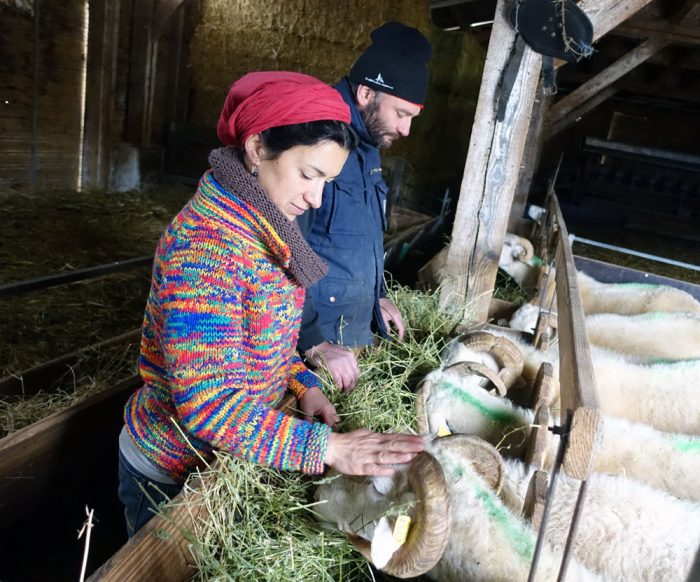
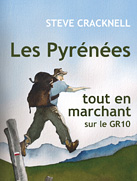
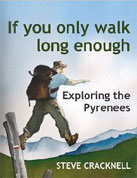

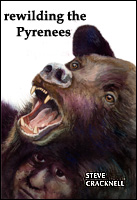



Footprints on the mountains